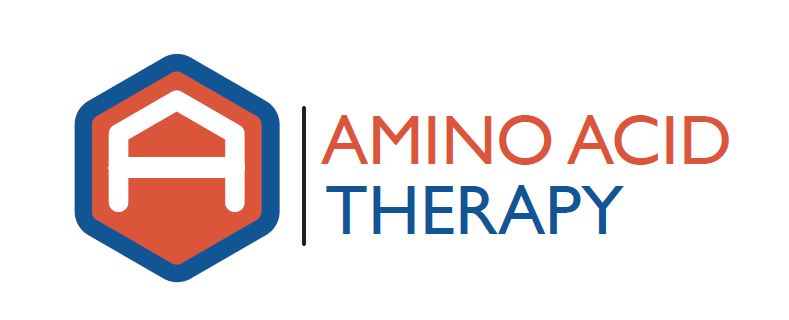When using amino acid therapy to correct underlying neurotransmitter imbalances, there are many nutritional co-factors that are needed to support normal neurotransmitter function. Sulfur is one of those compounds, but all sulfur compounds are not created equal when it comes to neurotransmitter production.
The Need for Sulfur
There are a number of steps required in order to convert amino acids into their respective neurotransmitters and these steps require several different nutritional co-factors, including folate, vitamin B6, vitamin C and calcium; another necessary co-factor is sulfur.
In addition to supporting proper neurotransmitter production and function, sulfur plays a primary or secondary role in numerous other bodily processes, including supporting proper immune function, glutathione production, detoxification and protein synthesis.
The body cannot store excess sulfur, so sulfur compounds are needed on a daily basis. Without proper replenishment, sulfur depletion can occur, which will compromise not only neurotransmitter function, but will lead to changes in immunological, metabolic and musculoskeletal health that will slowly diminish a person’s overall health. Therefore, adequate sulfur intake is essential for many reasons.
Why Cysteine?
Of the sulfur compounds available, cysteine is the most cost effective to supply the amount of sulfur necessary for optimal neurotransmitter function. Cysteine is the rate limiting step in the production of glutathione and is the most direct, effective and least expensive way to increase the body’s glutathione stores. Methionine and N-acetyl cysteine (NAC) are other sulfur compounds but each has its disadvantages for this application.
Methionine can have the unwanted side effect of increasing homocysteine levels. Elevated homocysteine levels have been implicated in numerous health conditions, including cardiovascular disease, depression, inflammatory disorders and cancer.
N-acetyl cysteine (NAC) can be used, but NAC is not as direct a method to improve glutathione stores and is more expensive per dose of sulfur.
Why CysReplete?
Cysteine can react with mercury in the body to create a compound called methylmercury. Methylmercury can cross the blood-brain-barrier and damage neurons. Selenium can bind with methylmercury and prevent it from crossing into the brain. Therefore, it is very important to take selenium along with cysteine. CysReplete contains both cysteine and selenium which makes dosing easier.
The Need for Balance
When using amino acids to optimize neurotransmitter function, it is very important to keep in mind that the balance between the various amino acids is as important as the absolute level of neurotransmitters we are trying to manage. To achieve proper balance, numerous cofactors are necessary. Cysteine is a cofactor that we need to use with everyone that is taking amino acids and CysReplete provides a safe and effective way to do so.

